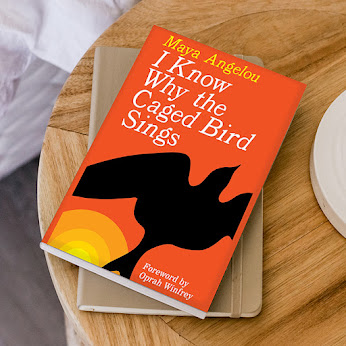“Work is a rubber ball. If you drop it, it will bounce back. The other four balls-- family, health, friends, integrity-- are made of glass. If you drop one of these, it will be irrevocably scuffed, nicked, perhaps even shattered.”
― The One Thing: The Surprisingly Simple Truth Behind Extraordinary Results
― The One Thing: The Surprisingly Simple Truth Behind Extraordinary Results
The One Thing is one of the bestseller self-help books by Gary Keller. This book was published in 2012.
The One Thing simply asks you to focus on a single thing or task at a time. We always try to do too many things at once and we cannot possibly do them all at the same time.
Now there is no such thing as multitasking but even when you switch between one into another, you will not gonna get any results and this book will teach you to focus on a single thing at a time.
The ONE Thing teaches us the consequences of what happens when you actually don't focus on one thing and also the possibilities of what can happen if you do.
Gary Keller has given six lies between you and success,
- Everything Matters Equally
- Multitasking
- Disciplined life
- The Will power is always on will-call
- A Balanced Life
- Big is Bad
1. Everything Matters Equally
We all have that to-do list, when we look at it, it has goals for the day, week, month or year. But all of them are not equally important.
We have given our priorities to every task. Some of them need to be done right now and some of them could be done after some time.
This prioritisation helps us to focus on a single task. Not every task should be done at the same time.
2. Multitasking
According to Gary Keller, this is another lie we keep telling ourselves. There is no such thing as multitasking. You might be able to multitask at the same time, but you can't focus on all of them at the same time.
3. Disciplined Life
Discipline is not a necessary thing in life, but we must have good habits developed inside us.
Discipline makes you act in a specific way, remain this way for a long time and it will become a habit.
If you want to be successful, then just develop good habits inside you. It takes around 66 days to develop a habit. It takes time but it is necessary.
4. The Will power is always on will-call
This is the biggest lie we have. When we tie our success to willpower without understanding the meaning of it then, we are moving toward failure.
If you don't want to be a failure, just focus on The One Thing throughout your day at a time.
5. A Balanced Life
According to Gary Keller, there is no such thing as a Balanced Life. In business work is dominant. Make your work time count. It should never be 50/50 of your work time count and personal time count.
Make your goals clear and prioritise your tasks and plan both sides accordingly.
6. Big is Bad
To achieve big success in life or to get your business bigger, you need to think big accordingly. Keller doesn't want us to lose the side of thinking big. Success requires action but it is only led by thinking big and having courage and commitment.












